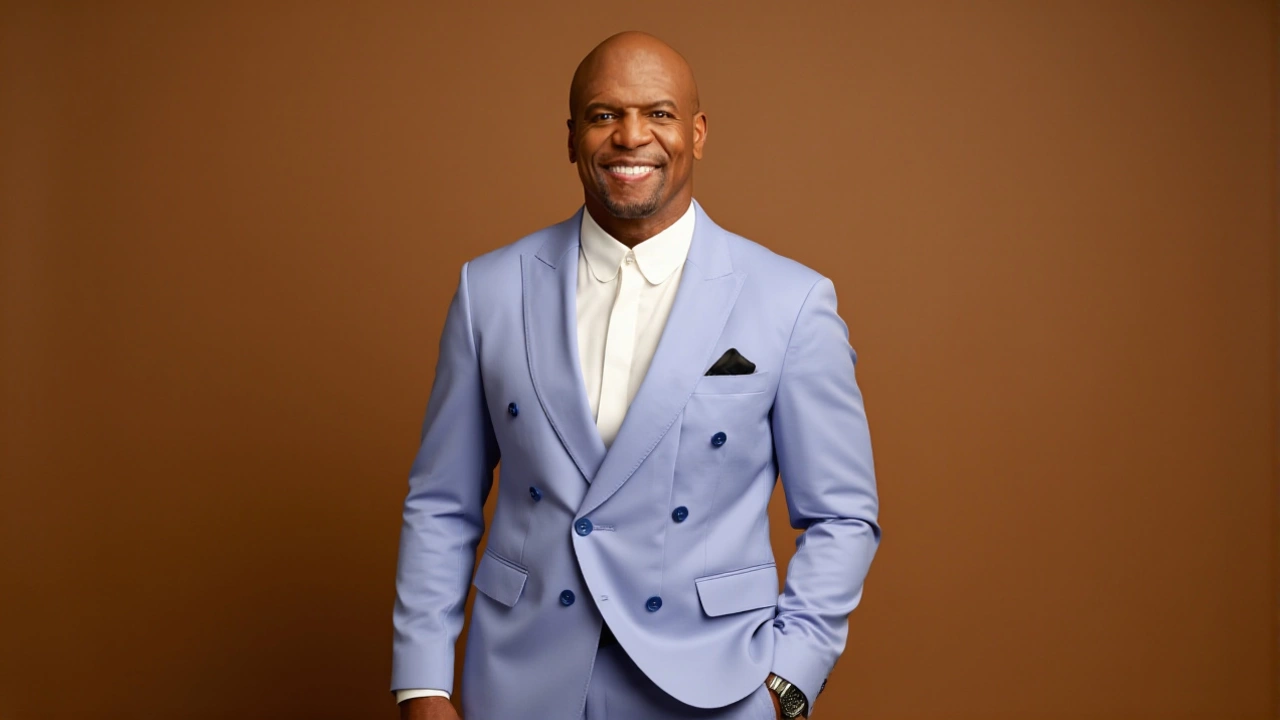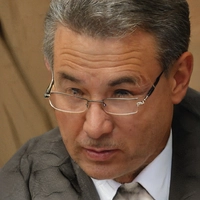When Terry Crews stepped off the stage after filming an episode of America's Got Talent on August 14, 2025, he didn’t just feel tired—he questioned whether his heart was still beating. The 57-year-old actor and host, known for his muscle-bound frame and boundless energy, checked his fitness tracker and saw a number so absurd he thought the device had malfunctioned: 7,000 calories burned in a single day. "Something’s wrong," he told host Nicole Byer on Jimmy Kimmel LiveLos Angeles. "I was like, am I alive?"
How a Talk Show Interview Uncovered a Physical Phenomenon
The revelation didn’t come from a lab or a medical report. It came during a casual, laughter-filled segment on Jimmy Kimmel LiveLos Angeles, where Byer—known for her own humorous fitness tracker mishaps—joked about logging just 60 steps on a Tuesday. Crews, mid-laugh, dropped his bombshell. "I burned 7,000 calories in one day," he said. "I thought my tracker was broken. I checked it three times." What made this number so shocking isn’t just the scale—it’s the context. The average adult burns between 1,800 and 2,500 calories a day just existing. Athletes in peak training might hit 5,000 on extreme days. But 7,000? That’s the kind of output you’d expect from a marathon runner after a 100-mile ultramarathon… not a TV host who spends most of his time standing and talking.The Hidden Grind of Live Television Hosting
Crews didn’t just walk out on stage and deliver lines. He’s the engine of America's Got Talent, a role that demands nonstop movement, emotional engagement, and physical stamina. Filming occurs at the Dolby Theatre in Hollywood, where episodes run for up to 12 hours straight—sometimes longer with rehearsals. Crews moves constantly: greeting contestants, dancing with performers, reacting to judges (including Simon Cowell, Heidi Klum, and Sofia Vergara), and keeping the audience hyped. He’s in motion from the moment the lights come up until the final commercial break. "It’s not just talking," Crews explained. "It’s jumping around. Dancing with the acts. Running between stages. Feeling every scream, every silence, every gasp. You’re feeding off the crowd. You’re feeding off the energy. And then you come home… and you’re done. Just gone." His custom outfit—a bronze suit with oversized bow shoes, as reported by NBC Insider—isn’t just for show. It’s designed for mobility, but even so, the fabric and footwear add resistance. Add to that the heat of studio lights, the adrenaline of live TV, and the emotional labor of reacting to heartwarming, heartbreaking, and hilarious performances, and you’ve got a perfect storm of energy expenditure.Why 7,000 Calories Isn’t Impossible—Just Extreme
Experts say Crews’ claim, while extraordinary, is plausible. A 2023 study from the University of California, San Diego found that professional dancers in high-intensity stage shows burned between 6,000 and 8,000 calories during 10-hour performances. Crews’ physical profile—6’1", 220 pounds of lean muscle—means his basal metabolic rate is higher than average. Combine that with constant movement, vocal projection (which burns calories like running), and emotional exertion, and the math adds up. "It’s not just calories from movement," says Dr. Lena Ruiz, a sports physiologist at Cedars-Sinai. "The nervous system is firing nonstop. Your heart is racing. Your muscles are tensing and releasing. Your brain is processing hundreds of interactions. That’s metabolic fire. When Terry says he felt like he might die? He wasn’t exaggerating." His fitness tracker, likely a Garmin or Whoop model calibrated for elite athletes, was likely accurate. Crews has worn these devices religiously since his NFL days, when he played linebacker for the Los Angeles Rams and Washington Commanders from 1997 to 2004. He’s no stranger to pushing his body to the edge.
A Legacy Built on Physical Discipline
Crews’ 7,000-calorie day isn’t an anomaly—it’s an extension of a lifelong commitment to physical mastery. He’s famously open about his morning routines: 4 a.m. wake-ups, ice baths, weightlifting, and a diet rich in protein and greens. In an August 19, 2025, article, NBC Insider detailed his "7-step chest and arms" workout, which includes explosive plyometric push-ups and resistance band slams. He’s not just fit—he’s engineered for endurance. Even his acting roles demand this stamina. On Brooklyn Nine-Nine, he played Sergeant Terry Jeffords, a character whose physicality was central to the comedy and drama. Off-screen, Crews has become a vocal advocate for mental and physical health, often speaking about the toll of high-pressure careers.What’s Next for the Host of 'America's Got Talent'?
With Season 20 still filming through the fall, Crews’ schedule shows no sign of slowing. Episodes air weekly on NBC, and each taping follows the same grueling pattern: 10-12 hours on set, 8-10 hours of prep, and zero recovery time between episodes. His team has reportedly started adjusting his meal timing and hydration protocols to better support the workload. "I used to think I was just a guy who lifts weights," Crews told NBC Insider. "Now I know I’m a human battery. And I’m running on fumes every single day." The real question isn’t whether 7,000 calories is possible. It’s: how many people are doing this without anyone noticing? Behind every high-energy TV host, athlete, or performer is a hidden economy of sweat, stress, and stamina. Terry Crews just gave us a glimpse.Frequently Asked Questions
Is 7,000 calories burned in one day realistic for a TV host?
Yes, though it’s extreme. Professional dancers and stage performers in high-energy shows have been recorded burning 6,000–8,000 calories during 10+ hour performances. Terry Crews’ combination of muscle mass, constant movement, emotional engagement, and vocal projection pushes his metabolic rate far beyond average. His fitness tracker, calibrated from his NFL days, is likely accurate.
How does this compare to other celebrities’ calorie burn?
Most celebrities report 2,000–4,000 calories burned on active days. Dwayne "The Rock" Johnson burns around 5,000 during filming. Crews’ 7,000 exceeds even elite athletes’ averages. Only endurance athletes like Tour de France cyclists or Ironman triathletes regularly surpass this—making Crews’ feat more comparable to a marathon than a typical TV gig.
What role does the Dolby Theatre play in this calorie burn?
The Dolby Theatre is a 3,400-seat venue with no natural ventilation, meaning studio lights and packed audiences create intense heat. Crews moves across multiple stages, climbs stairs, and interacts with crowds—all while wearing a heavy, custom suit. The environment alone adds 20–30% to his energy expenditure compared to a standard studio.
Why didn’t Terry Crews notice he was burning so many calories before?
He assumed the exhaustion was normal. As a former NFL player, Crews is used to pushing through fatigue. It wasn’t until his wearable synced with his phone and displayed the exact number that he realized how extreme his daily output was. He’d been treating the burn as routine—until the data forced him to see it as extraordinary.
Could this happen to other TV hosts?
Possibly—but not likely at this level. Hosts of quiet talk shows burn far less. But those of live, high-energy formats like America's Got Talent, The Voice, or Dancing with the Stars could hit 5,000–6,000 calories on peak days. Crews’ combination of athleticism, charisma, and physicality makes him an outlier—even among his peers.

